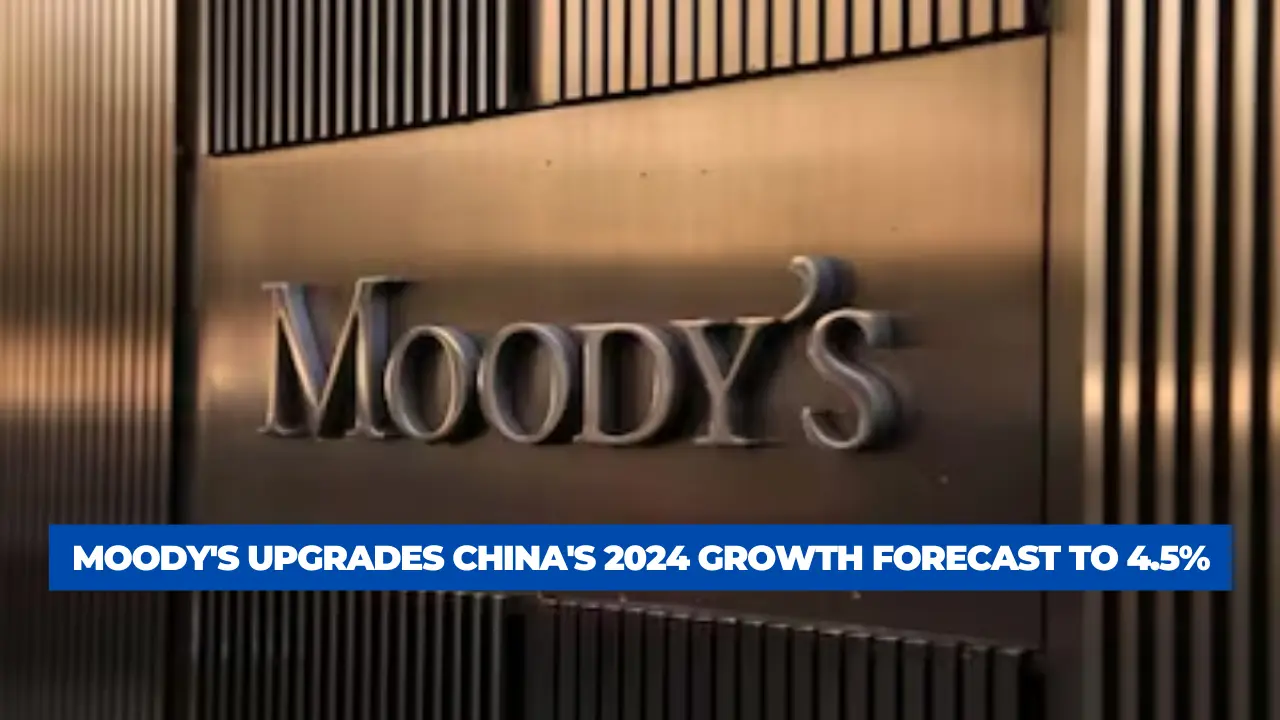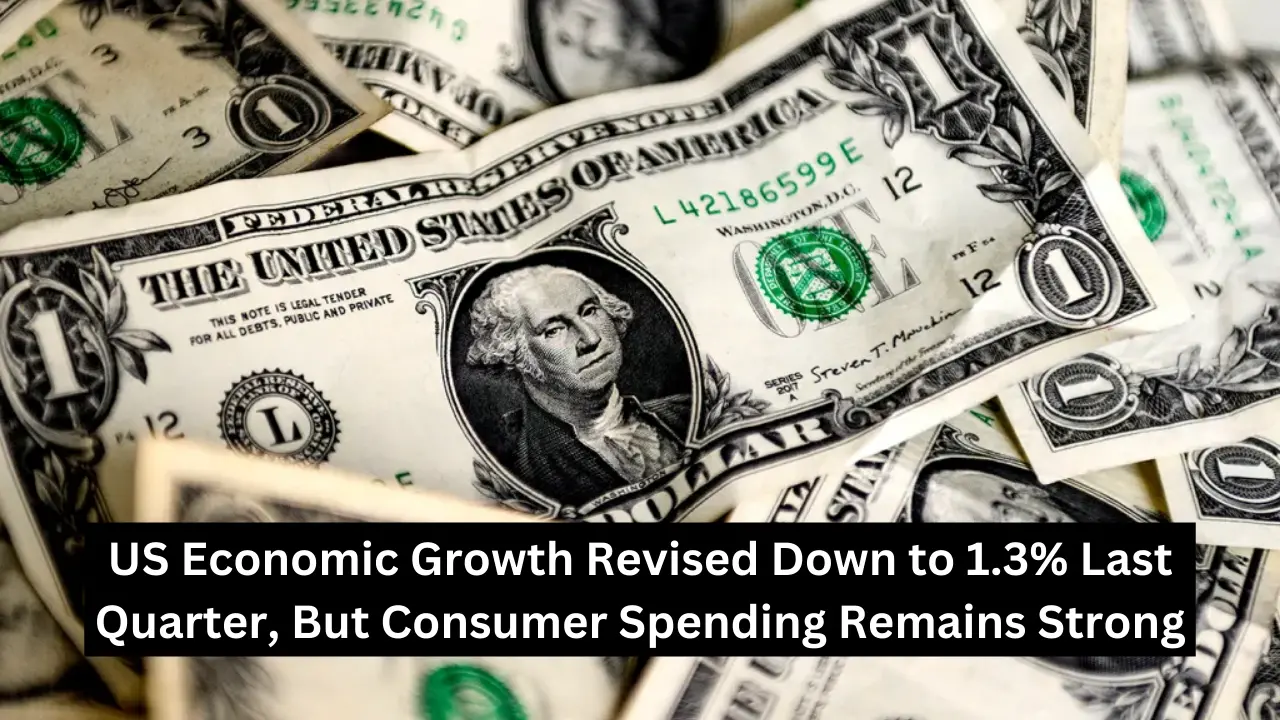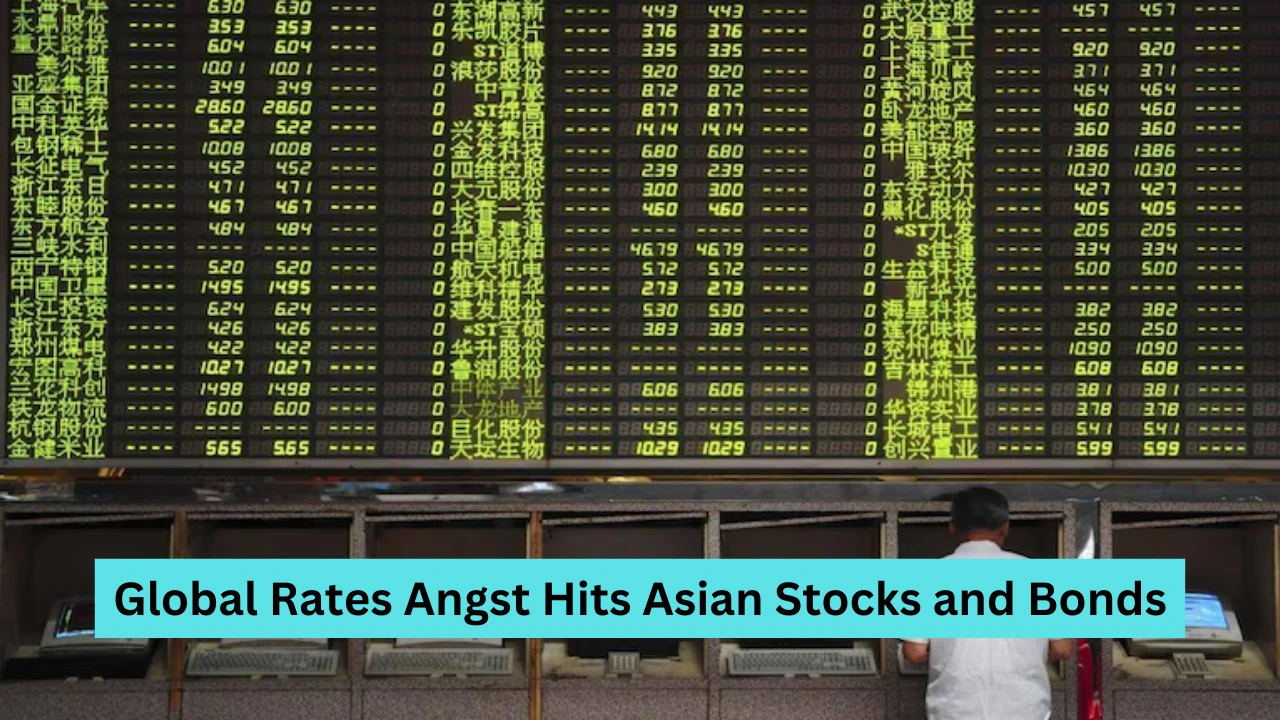Renowned investor and hedge fund manager Ray Dalio has identified the escalating economic tensions between the United States and China as one of the foremost global risks. Dalio, the founder of Bridgewater Associates, emphasized the significant impact that this ‘economic warfare’ could have on global markets and geopolitical stability.
The Rise of Economic Tensions
US-China Trade Relations:
Dalio pointed out that the trade war, which has seen tariffs and trade barriers being imposed by both nations, is only a part of a broader strategic competition. This rivalry spans technology, military capabilities, and economic dominance.
Decoupling Economies:
There is an ongoing effort by both countries to decouple their economies. The US is increasingly scrutinizing Chinese tech firms and investments, while China is pushing for self-reliance in critical technologies.
Global Market Implications
Supply Chain Disruptions:
The US-China economic tensions have led to significant disruptions in global supply chains. Companies are reconsidering their manufacturing bases and looking to diversify away from reliance on China.
Market Volatility:
Dalio warned that these tensions could lead to increased market volatility. Investors should be prepared for fluctuations as the economic policies and actions of these two superpowers continue to evolve.
Geopolitical Ramifications
Strategic Alliances:
The US-China rivalry is reshaping global alliances. Countries are being pressured to choose sides, which could lead to a realignment of global trade networks and political partnerships.
Military Tensions:
The economic warfare is paralleled by military posturing in regions like the South China Sea, raising the stakes for potential conflicts that could further destabilize global markets.
Long-term Economic Strategies
Technological Advancement:
Both countries are heavily investing in next-generation technologies such as AI, quantum computing, and 5G. Dalio believes that technological superiority will be a critical determinant of future economic and military power.
Resource Allocation:
The competition extends to securing critical resources. The US and China are both focused on ensuring access to essential materials like rare earth metals, which are vital for advanced manufacturing and technology.
Dalio’s Recommendations for Investors
Diversification:
Investors should diversify their portfolios to hedge against geopolitical risks. This includes spreading investments across different regions and asset classes.
Focus on Resilient Sectors:
Sectors that are less affected by geopolitical tensions, such as healthcare and consumer staples, may offer more stability.
Stay Informed:
Keeping abreast of global developments and understanding the geopolitical landscape is crucial for making informed investment decisions.
Quick Review:
Q1.What does Ray Dalio mean by ‘economic warfare’?
Ans. ‘Economic warfare’ refers to the strategic use of economic policies, trade barriers, and other measures by countries to gain economic and geopolitical advantages.
Q2.How might US-China tensions affect global supply chains?
Ans. These tensions can lead to disruptions as companies seek to diversify their supply chains and reduce reliance on any single country, particularly China.
Q3.What sectors are considered resilient in the face of geopolitical risks?
Ans. Sectors such as healthcare and consumer staples are generally considered more resilient due to their steady demand regardless of geopolitical fluctuations.







